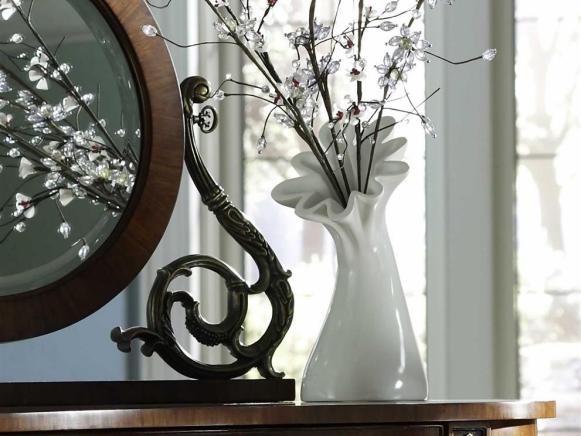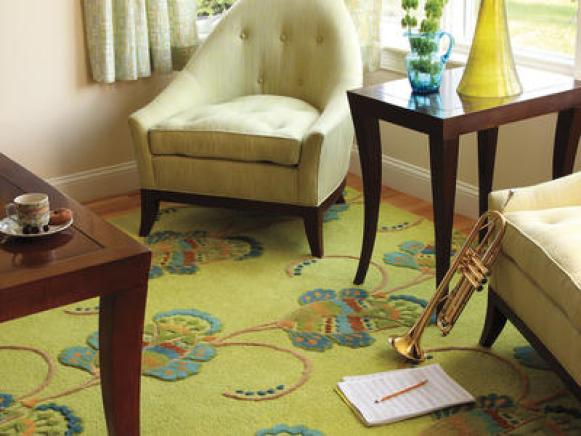By Jenny Grace Molbog-Mendoza
When choosing window treatments for your home, you are definitely provided with numerous options. Among the most common suggestions are curtains and window blinds.
Since curtains seem to be the most commonly used window covering among homes throughout the world, you thought of considering window blinds instead. And as you browse over the different types of this particular window treatment option, you realize that they are actually available in a lot of choices - from wood to metal, from vertical to horizontal, and from sheer to block out.
While being bombarded with these variants of window blinds, you finally settle for the horizontal type, which is known as venetian blinds.
However, before hitting the store to buy venetian blinds or visiting a website to order blinds online, you may want to take a look on the following details first. Just keep in mind, though, that the slat material and width are your major considerations in picking your own set of these horizontal window coverings.
1. Slats. The width of your slats depends on the amount of light that you want to block. Therefore, the wider the slats, the more light they can actually block. Generally, these slats range from an inch to 3 ½ inches.
2. Vinyl (made of plastic material known as polyvinyl chloride or PVC). While this can be the most affordable material, this can also be the most fragile since they can be bent easily. But despite this limitation, vinyl blinds are still preferred by many household due to their being lightweight and resistant to moisture or humidity. Their availability in several colours and styles is another good attribute. Thus, if these are the things that you would like your window covering to have, vinyl-made can be your best option.
3. Aluminum. Venetian blinds made of aluminum are another lightweight option. However, they are more expensive than the vinyl ones. They are offered as well in many colours, sizes, and finishes.
4. Real wood or faux wood. If you are someone who loves wood furniture and home furnishings, then you can check on the available real wood venetian blinds from your supplier. Meanwhile, if you love wood yet afraid that your slats may warp so easily, then, you can go for the faux variants.
5. Inside-mount or outside-mount. The width and length of your blinds will depend on your mounting preference. So if you choose inside-mount, measure the inside portion of the window frame, from top to bottom and from left to right. For outside-mount, on the other hand, measure from where you would like to install them until where they will drop. After it, measure from right to left. For both options, make sure that you add 1 ½ to 3 ½ on all sides.
Jenny is a Senior Writer at Article and Design, a one-stop shop for all types of web services. For window blinds concerns, please visit http://www.directblindscork.com/.
Article Source: http://EzineArticles.com/?expert=Jenny_Grace_Molbog-Mendoza








